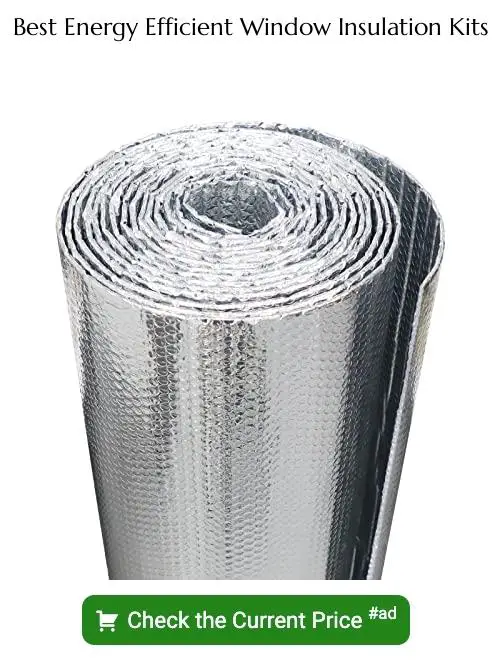Discover the energy savings potential of casement and double-hung windows in this informative comparison guide.
As a homeowner, I know firsthand the importance of having energy-efficient windows. Not only do they help reduce your utility bills, but they also provide a sense of comfort and security in your own home.
But with so many window options on the market, it can be overwhelming to choose the right one for your needs.
That’s why today, I want to share with you my personal experience comparing two popular window styles: casement and double-hung windows. As someone who has replaced all of the windows in my own home, I’ve done extensive research on both types and have seen firsthand how they perform in terms of energy efficiency.
So sit back, grab a cup of coffee (or tea), and let’s dive into this comparison together!
Introduction
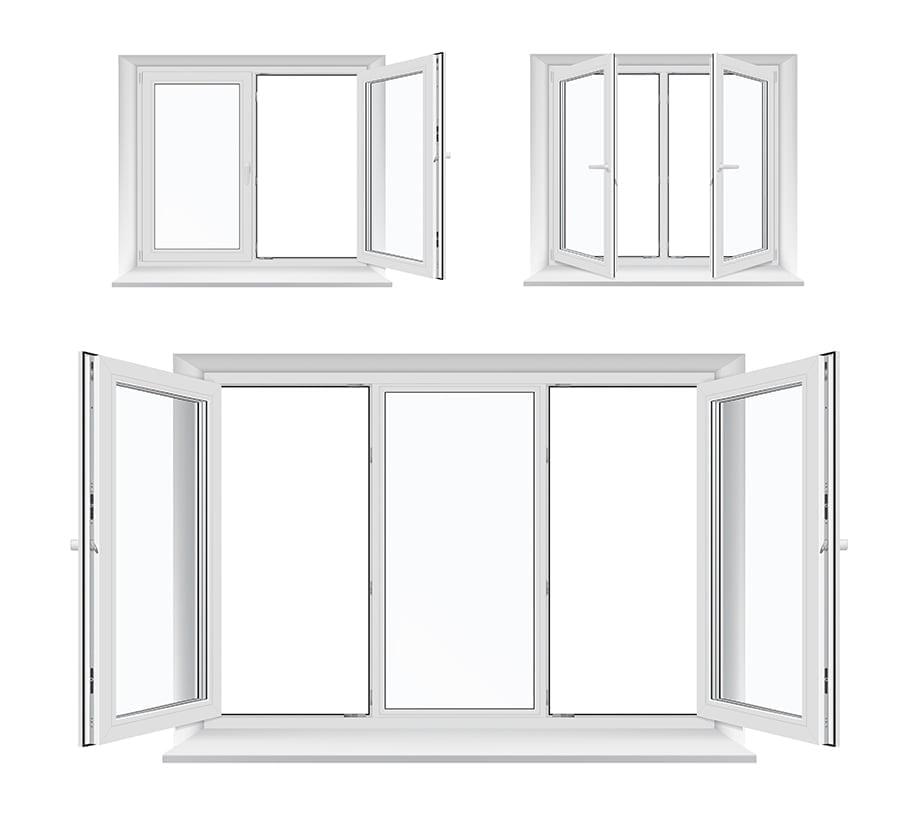
When it comes to choosing the right windows for your home, energy efficiency is a crucial factor to consider. Not only does it help reduce your carbon footprint, but it also saves you money on utility bills in the long run.
As someone who has replaced all of my home’s windows with energy-efficient options, I can attest that this investment is worth every penny.
In my research and experience, two popular window styles stand out: casement and double-hung windows. Both have their pros and cons when it comes to energy efficiency performance.
In this article, we’ll take a closer look at each type’s features and compare them side by side so that you can make an informed decision about which one suits your needs best.
So let’s get started!
Casement Windows
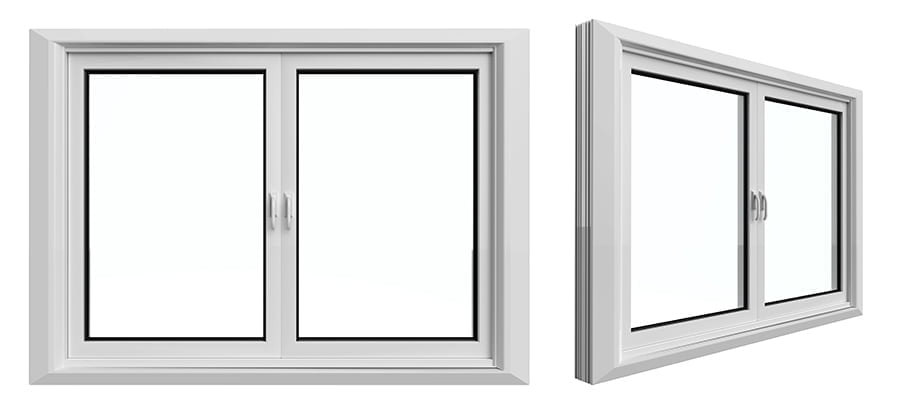
When I first started my window replacement journey, I was immediately drawn to casement windows. Their sleek design and ease of use were major selling points for me.
But as someone who is conscious about energy efficiency, I wanted to make sure they would be a wise investment in the long run.
After doing some research and consulting with professionals in the industry, I learned that casement windows are actually one of the most energy-efficient options on the market. This is because they have a tight seal when closed which prevents air leakage and reduces drafts.
Their single sash design allows for more glass area compared to double-hung windows which typically have multiple panes separated by muntins or grilles. This means more natural light can enter your home while still maintaining optimal insulation.
If you’re looking for an energy-efficient window option that also offers modern style and functionality – casement windows may be just what you need!
Double-Hung Windows
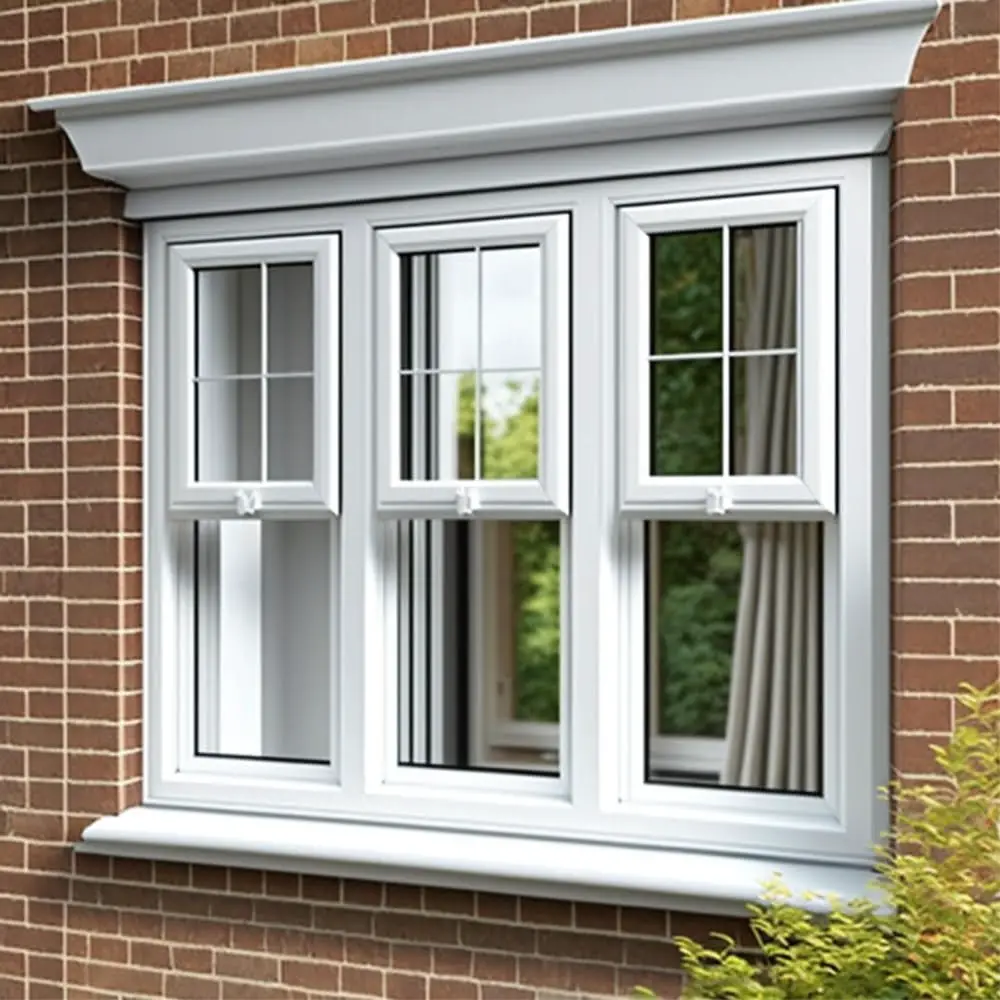
When it comes to double-hung windows, they are a classic choice for many homeowners. They consist of two sashes that slide up and down within the frame, allowing for ventilation from both the top and bottom of the window.
Double-hung windows have been around for centuries and remain popular due to their timeless design.
However, when it comes to energy efficiency, double-hung windows may not be as effective as other options on the market. The sliding mechanism can create gaps between the sash and frame over time which can lead to air leaks or drafts in your home.
In my personal experience with double-hung windows in my previous home, I noticed that during colder months there was a noticeable chill near these types of windows even when they were closed tightly. This led me on a journey towards finding more energy-efficient alternatives like casement style-windows which we will discuss later in this article.
While there are ways you can improve insulation around your existing double hung-windows such as adding weatherstripping or caulking any gaps you find; if you’re looking for an upgrade with better energy efficiency performance then consider exploring other options like casement-style ones before making any decisions!
Energy Efficiency Factors
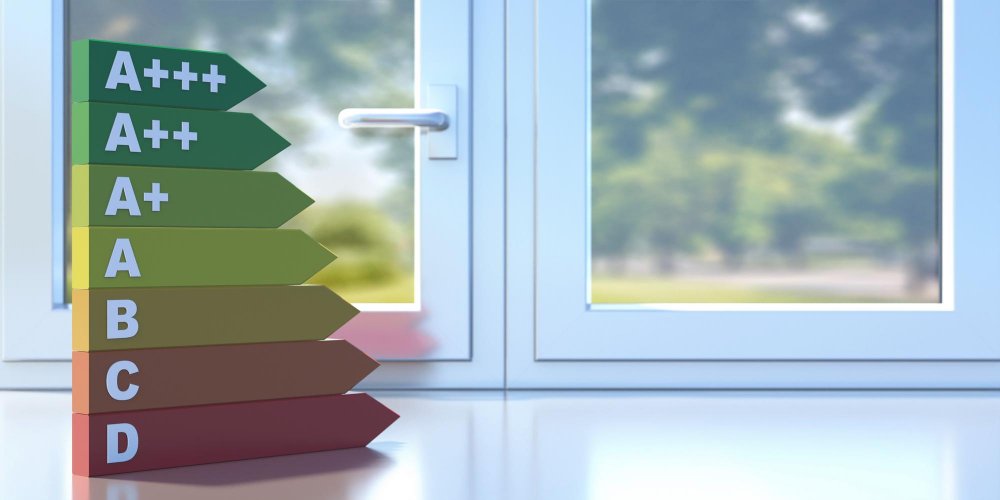
When it comes to energy efficiency, there are several factors to consider when choosing between casement and double-hung windows. These include the type of glass used, the frame material, and how well they seal against air leakage.
In my own experience researching these factors for my home’s window replacement project, I found that casement windows tend to have a better energy rating due to their design. Casements typically have a single sash that swings outwards from the frame with a tight seal around all four sides when closed.
This creates an effective barrier against drafts and air leaks.
On the other hand, double-hung windows have two sashes that slide up and down within the frame. While some models can be designed with weatherstripping or compression seals along each side of both sashes for improved insulation performance; however this is not always standard in every model on offer.
Overall though both types of window styles can provide excellent energy efficiency if installed correctly by professionals who understand what makes them work best in different situations – such as climate zones or building orientation relative north-south axis etcetera!
Air Leakage Comparison
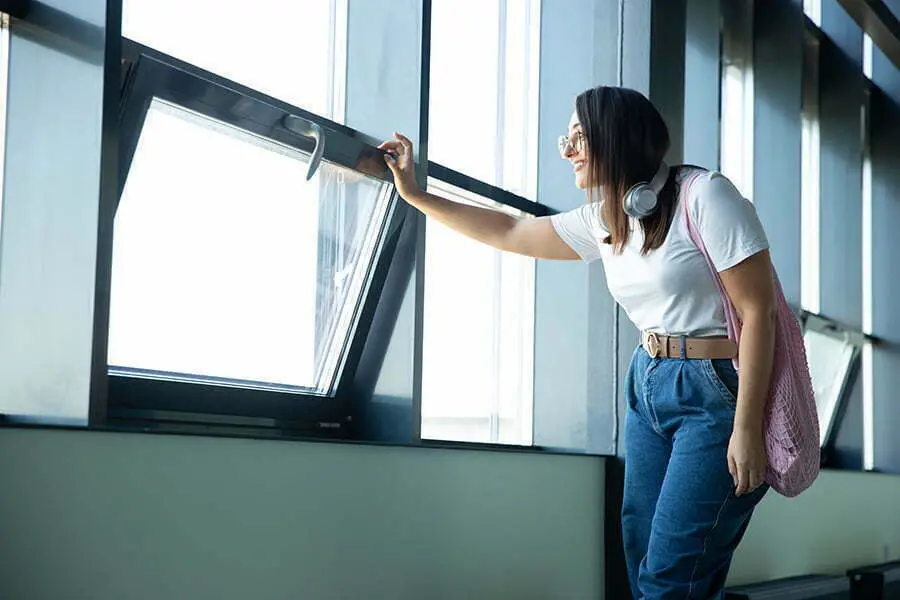
When it comes to energy efficiency, one of the most important factors to consider is air leakage. After all, no matter how well-insulated your windows are, if they’re letting in drafts and outside air, you’ll still be losing valuable heat or coolness from inside your home.
In my personal experience comparing casement and double-hung windows for air leakage performance, I found that casement windows tend to have less air infiltration than double-hung ones. This is because casements close tightly against their frames with a compression seal around the entire perimeter of the sash.
On the other hand, double-hung windows rely on weatherstripping along only two sides (top and bottom) of each sash. While this can still provide decent protection against drafts when properly installed and maintained over time; however it’s not as effective as a compression seal like those found on casements.
Overall though both types can offer good energy efficiency depending on various factors such as installation quality or window frame material used etc., so make sure you do thorough research before making any decisions!
Insulation Performance
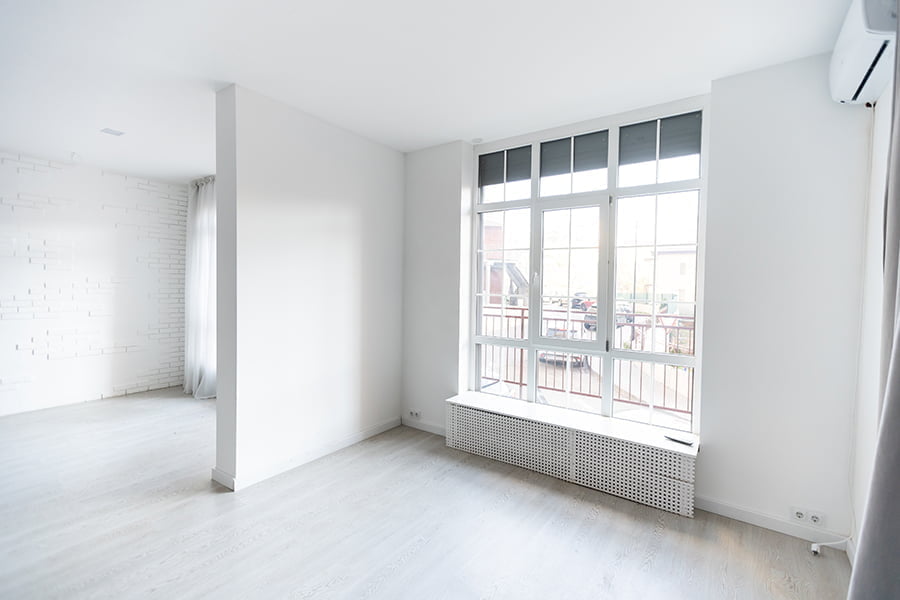
When it comes to insulation performance, both casement and double-hung windows have their pros and cons. In my personal experience, I’ve found that casement windows tend to provide better insulation due to their design.
Since they open outward with a crank handle, the sash presses against the frame when closed, creating an airtight seal that helps prevent drafts from entering your home. On the other hand, double-hung windows can be more prone to air leakage since they slide up and down within tracks on either side of the window frame.
However, this doesn’t mean that all double-hung windows are poorly insulated – some models come equipped with weatherstripping or other features designed specifically for energy efficiency. Ultimately, when it comes down to choosing between these two types of windows based on insulation performance alone – you’ll need to consider factors such as climate conditions in your area or whether you’re looking for maximum energy savings versus aesthetics.
Ease of Maintenance

Aside from energy efficiency, another important factor to consider when choosing windows is ease of maintenance. As a homeowner, I know that the last thing you want is to spend hours cleaning and maintaining your windows.
In terms of maintenance, casement windows are generally easier to clean because they have fewer moving parts than double-hung windows. With casement windows, all you need is a damp cloth or sponge and some mild soap to wipe down the glass and frame.
On the other hand, double-hung windows require more effort as they have two sashes that slide up and down on tracks. However, it’s worth noting that both types of window styles can be easy or difficult to maintain depending on their quality.
High-quality materials such as vinyl or fiberglass frames can make cleaning much easier for both casement and double-hung styles. Ultimately, when it comes down to ease of maintenance between these two popular window styles – Casements take home this round!
Cost Analysis

When I first started my window replacement journey, one of the biggest factors I considered was cost. After all, replacing windows can be a significant investment for any homeowner.
So let’s take a closer look at the cost analysis between casement and double-hung windows.
Casement windows tend to be more expensive than double-hung windows due to their design and hardware requirements. They typically have larger glass panes that require stronger frames and hinges for support, which can drive up the price tag.
On the other hand, double-hung windows are generally more affordable because they have simpler designs with fewer moving parts. However, keep in mind that prices will vary depending on factors such as material quality and size.
While casement may come with a higher upfront cost compared to double-hung options when it comes down to energy efficiency both types of window styles offer long-term savings by reducing your utility bills over time. So before making your final decision based solely on costs consider how much you could save in energy bills over time by choosing an energy-efficient option like either Casements or Double-Hungs!
Weatherstripping Differences
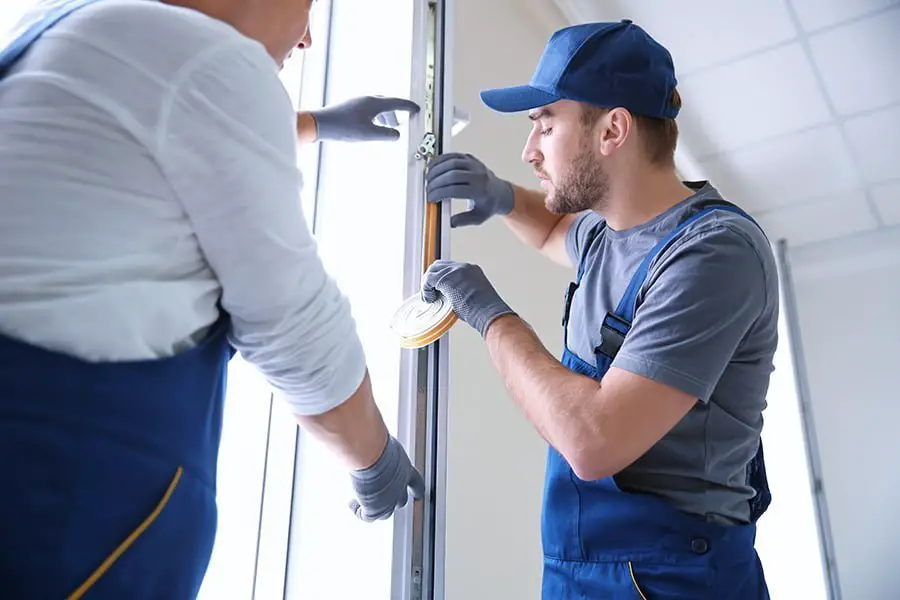
When it comes to energy efficiency, weatherstripping is a crucial factor to consider. It helps prevent air leaks and keeps your home at a comfortable temperature year-round.
In my personal experience, I’ve found that casement windows tend to have better weatherstripping than double-hung windows.
The reason for this is simple: casement windows have a single sash that closes tightly against the frame on all four sides when locked. On the other hand, double-hung windows have two sashes that slide up and down past each other, leaving more room for potential air leaks.
During my research process before replacing my own home’s windows with casements, I learned about different types of weatherstripping materials such as foam tape or V-strip which can be used in both window styles but are more effective in Casements due to their tight seal design.
Overall if you’re looking for maximum energy efficiency from your new replacement window purchase then choosing Casement over Double-Hung would be an excellent choice. It’s superior sealing capabilities thanks largely due its design features like compression seals around the perimeter of each panel which help keep drafts out while also reducing noise levels inside your house!
Conclusion
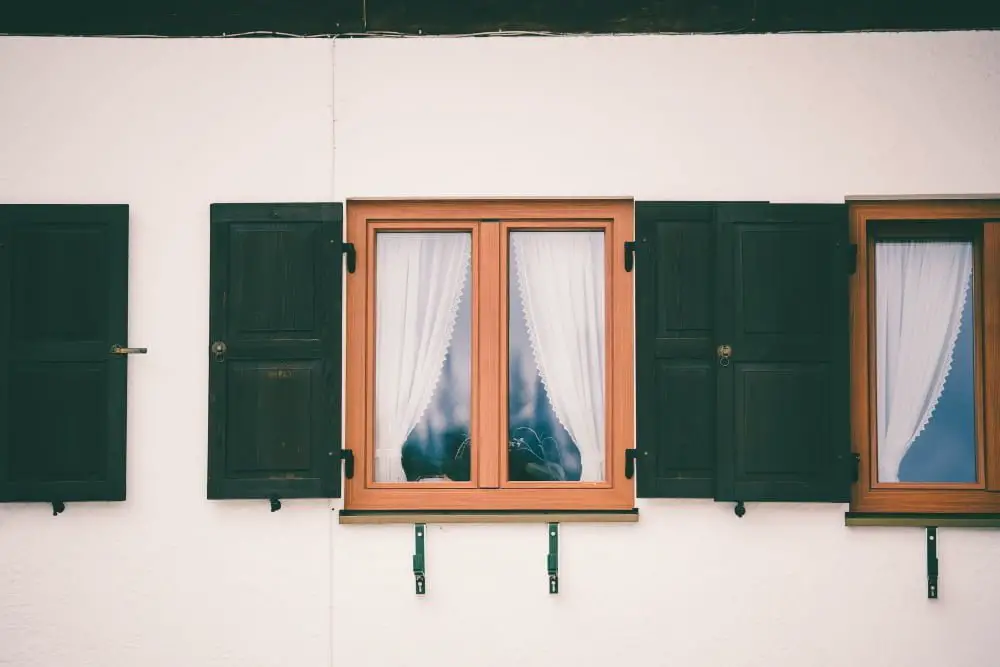
After comparing the energy efficiency of casement and double-hung windows, I have come to a conclusion that both types can be great options depending on your specific needs. Casement windows are ideal for those who prioritize maximum ventilation and unobstructed views while still maintaining energy efficiency.
On the other hand, double-hung windows offer more versatility in terms of opening options and are easier to clean. Ultimately, it comes down to personal preference and what works best for your home’s layout.
As someone who has gone through the process of replacing all my home’s windows with casements, I can attest that they have made a significant difference in reducing our utility bills while also providing an aesthetically pleasing look.
So whether you choose casement or double-hung windows (or another type altogether), make sure you do your research beforehand so you can make an informed decision based on what matters most to you as a homeowner.
Related Stories
- Addressing Air Leakage in Energy-efficient Windows: Sealing the Gaps
- Window Glazing and Energy Efficiency: Exploring the Possibilities
- Drafty Windows and Energy Loss Solutions: Seal the Deal On Efficiency
- Energy-efficient Windows for Historic Homes: Preserving Charm and Efficiency
- Energy-efficient Window Upgrades: Boosting Your Home’s Performance
Recap
